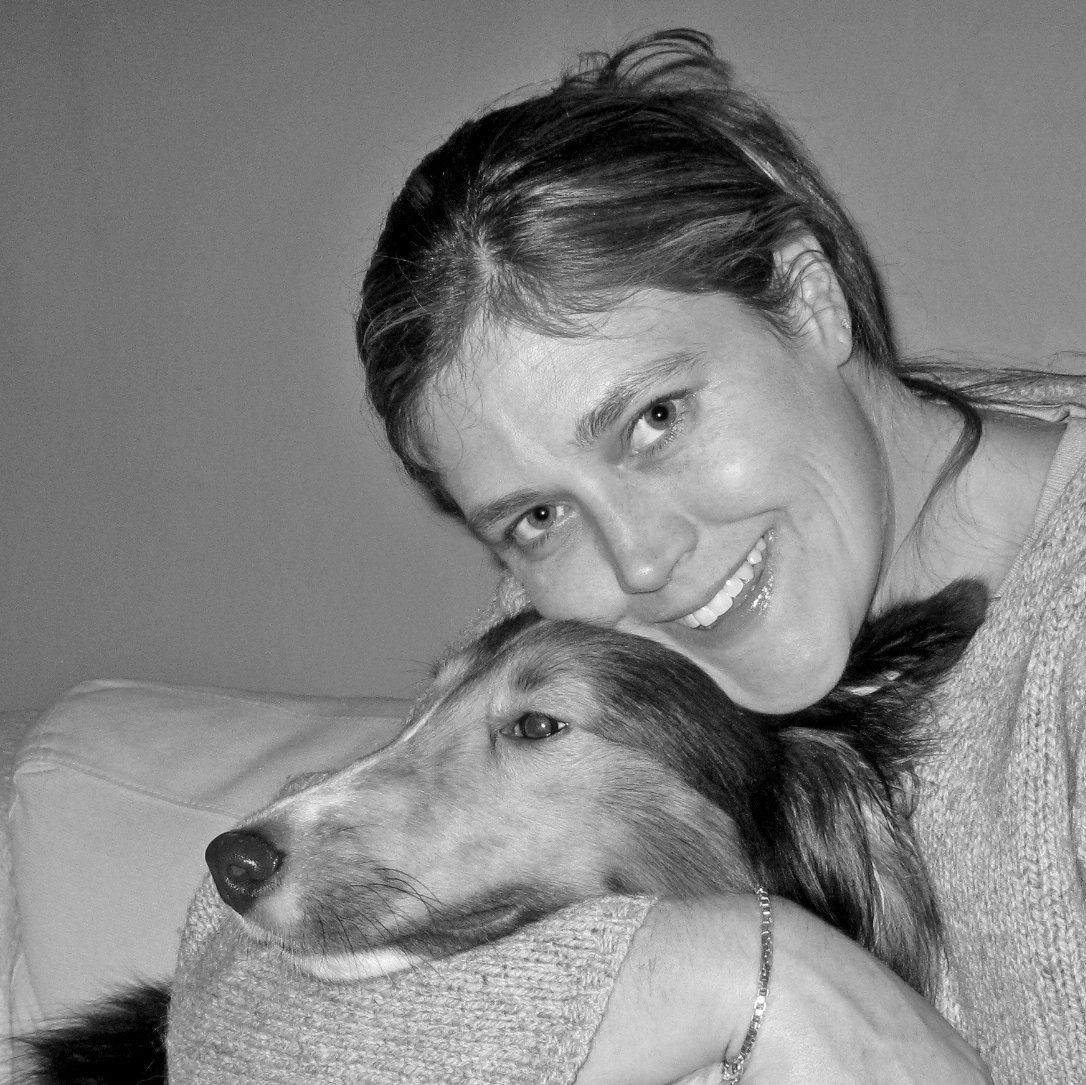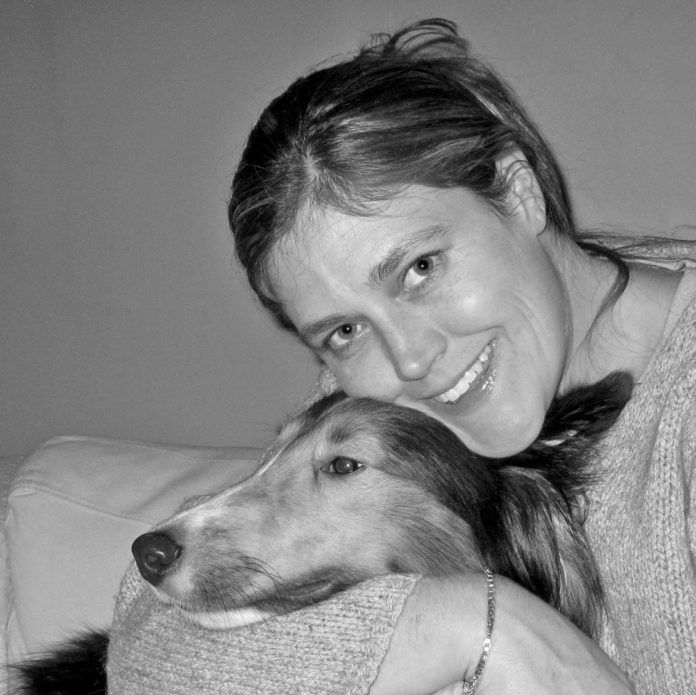“As a kid growing up outside of Portland, Oregon, I didn’t have a dog,” says Emily McCobb, DVM, the director of the Shelter Medicine Program at Tufts. “But my grandmother and aunt did. And in my family, dogs were ‘outside’ animals, so at Thanksgiving, when extended family came over, everybody would be inside eating dinner and I’d be outside playing ball with the dogs.”

Fast forward to the late 1990s, when Dr. McCobb was still a veterinary student. “I was always into dog behavior and training,” she says, “so in vet school, it was pretty natural for me to pursue this interest in the behavior of dogs. I did some early research with Dr. Dodman [the head of our Animal Behavior Clinic] looking at thunderstorm phobia. One of the things we found is that rescue dogs have a higher incidence of thunderstorm phobia than dogs not of a rescue background. We weren’t sure if people surrendered dogs who had thunderstorm phobia or if unowned dogs had not been socialized properly at critical points in their development and thereby were more likely to become thunderstorm phobic. It might be a combination.
“After veterinary school, I worked at the MSPCA [Massachusetts Society for the Protection of Animals], which put me in more contact with shelter animals. And when I began studying animals and public policy, I became really interested in the stress of confined animals, specifically animals in shelters. This was the interface between behavior and my own veterinary training.”
Today, Dr. McCobb has in her family, in addition to her husband and two children, a rescued dog named Teddy Bear Stanley, a Collie mix. “He has a lot of behavioral issues,” she says. “He’s really rambunctious. He originally belonged to an older couple who didn’t have enough time for him and didn’t realize how energetic he was. He spent a lot of time tied up outside, not being given a chance to learn how to channel his energy appropriately.
“He’s gone through several obedience classes,” Dr. McCobb says, “and is just starting to learn the ropes. Now, if he’s on the leash and wants to interact with another dog, he’s less likely to bark and become agitated in frustration. We’re in the process of teaching him to sit and take a treat rather than react frantically.
“He’s a great family dog and is also part of my weight management plan, as I take him on walks. He has been a very good education for me. My dogs in the past have been very well behaved and hardly in need of training. Teddy reminds me of the kinds of frustrations people go through when they agonize about whether to keep a rambunctious dog.”





